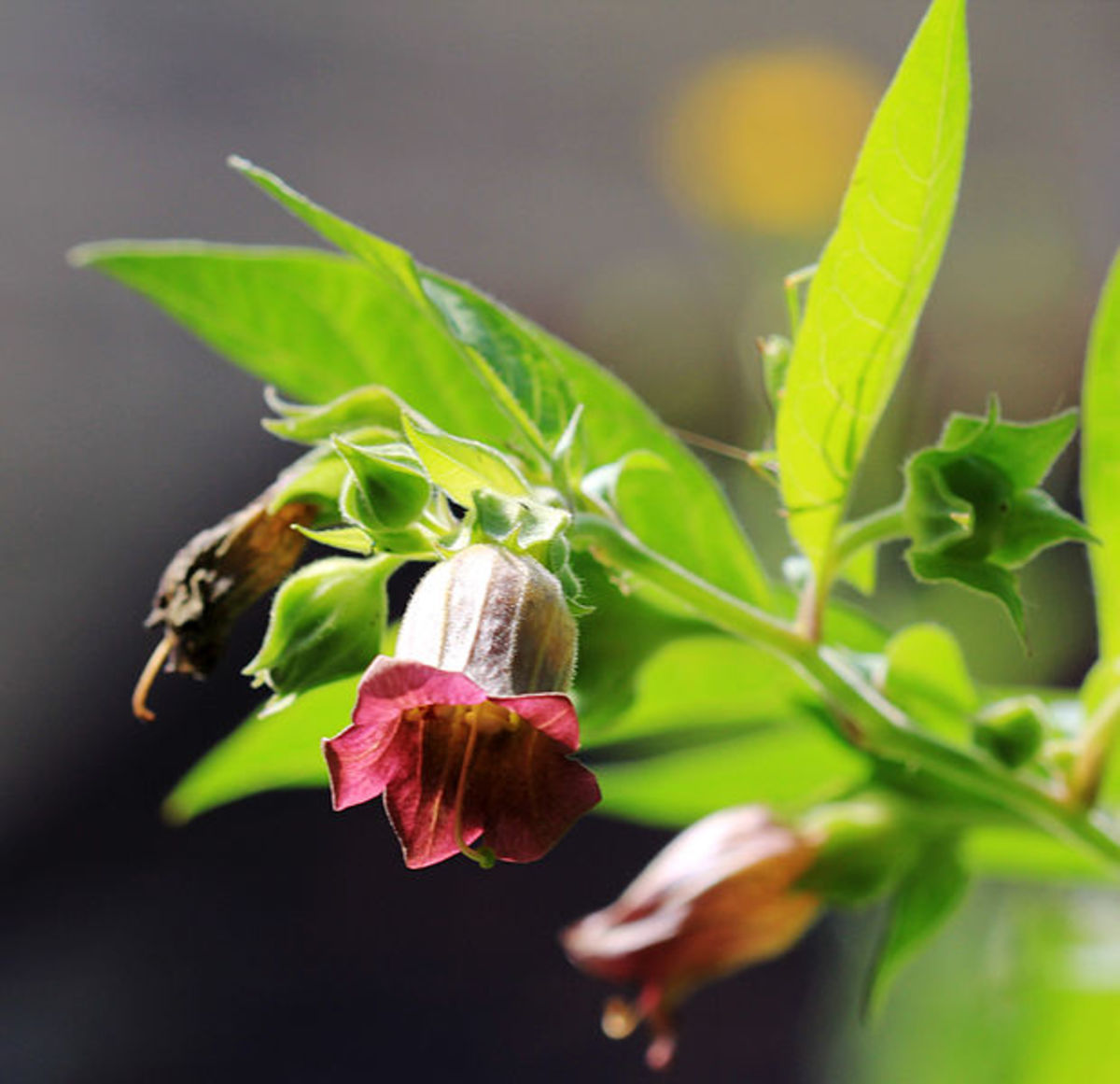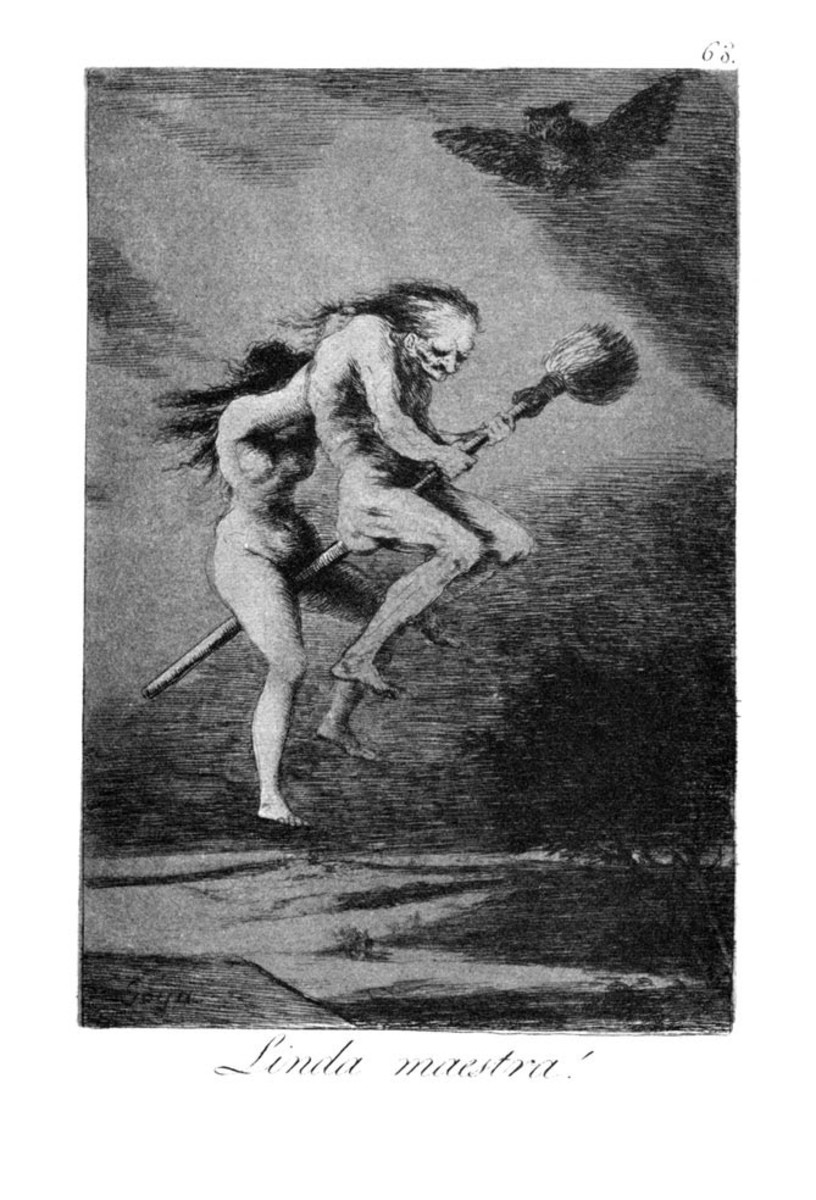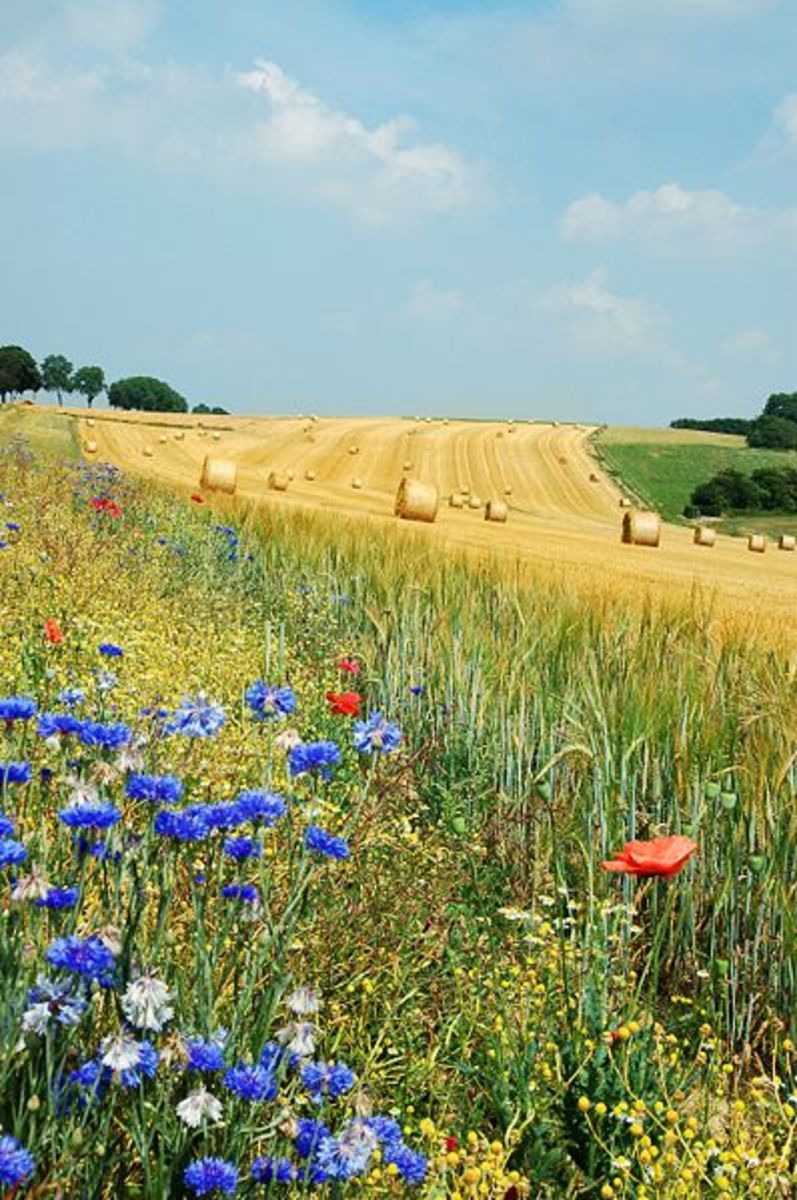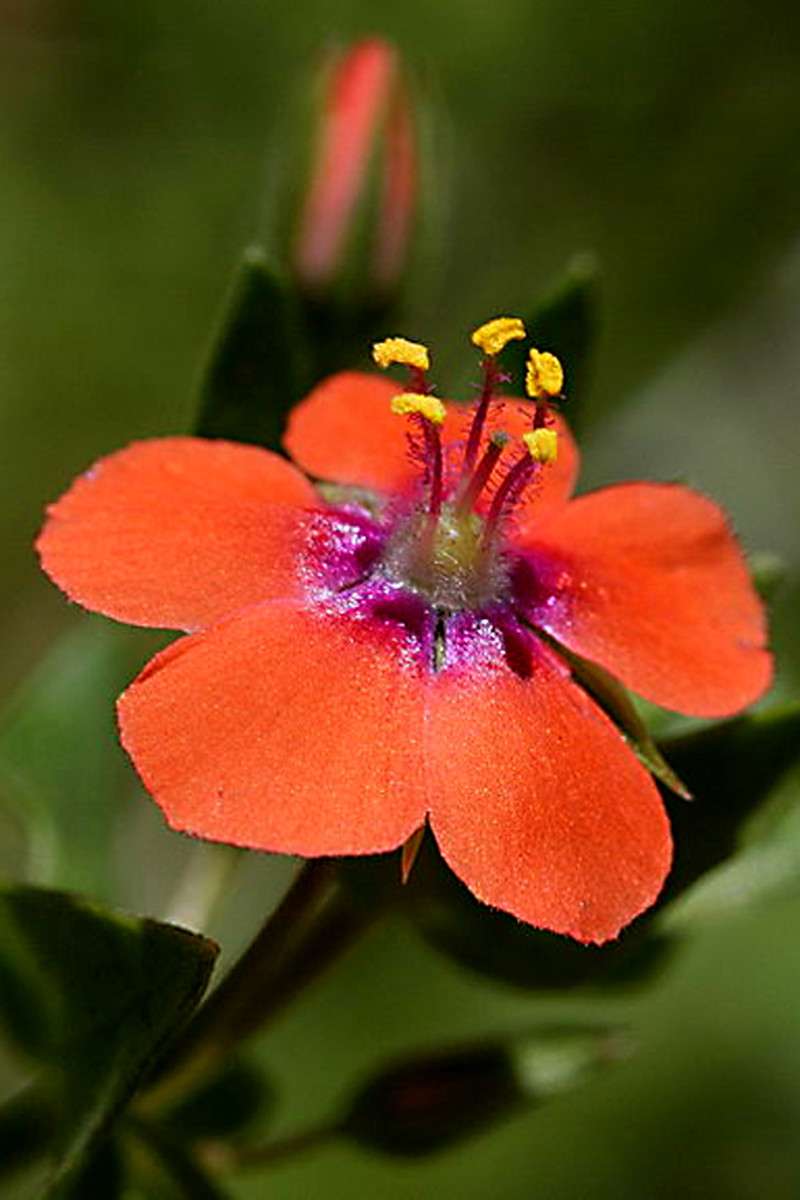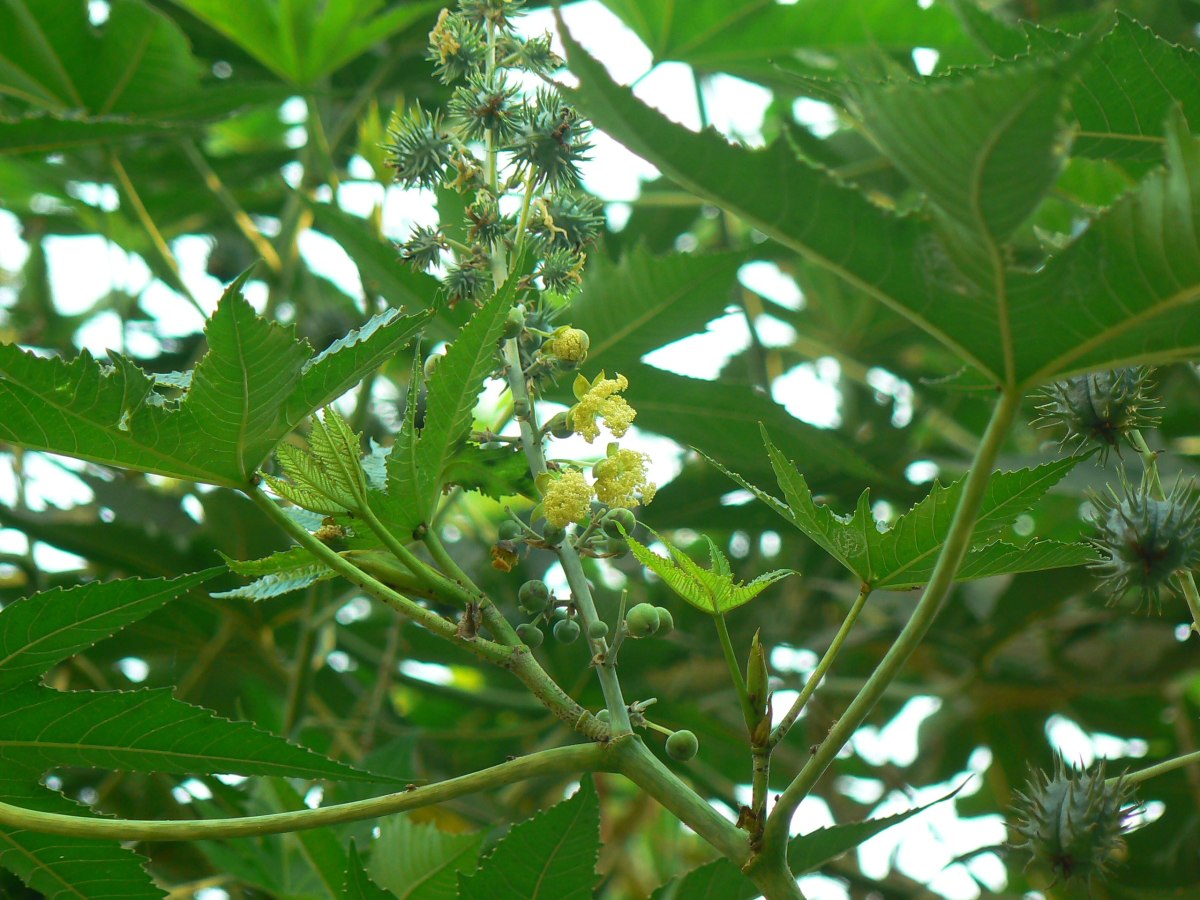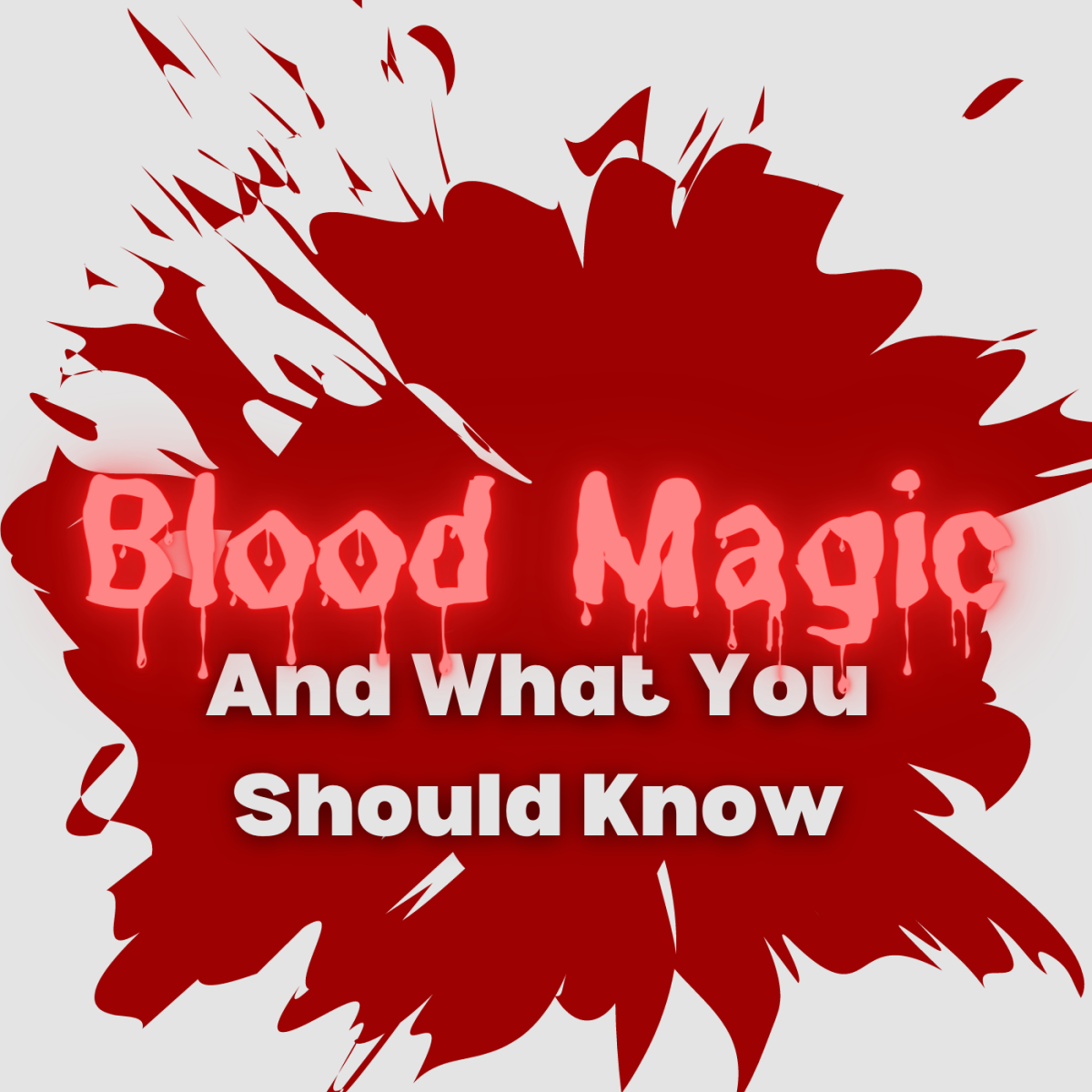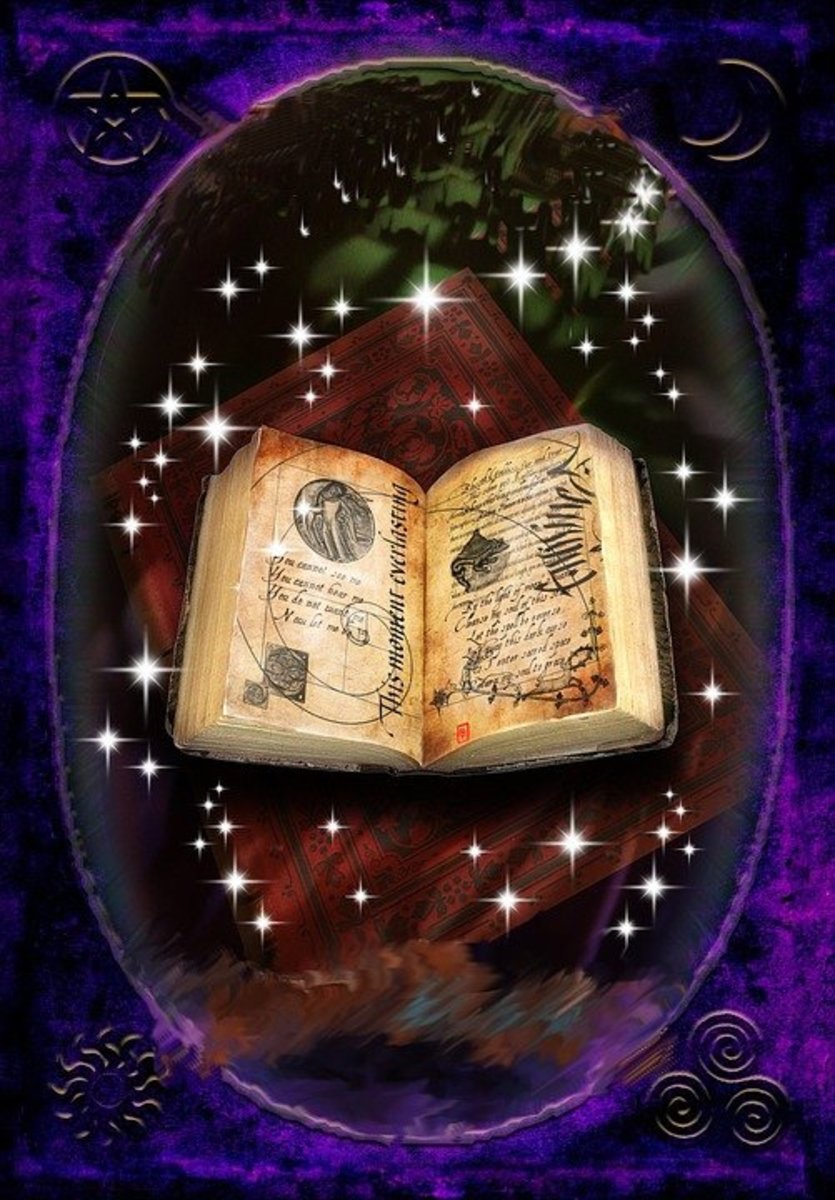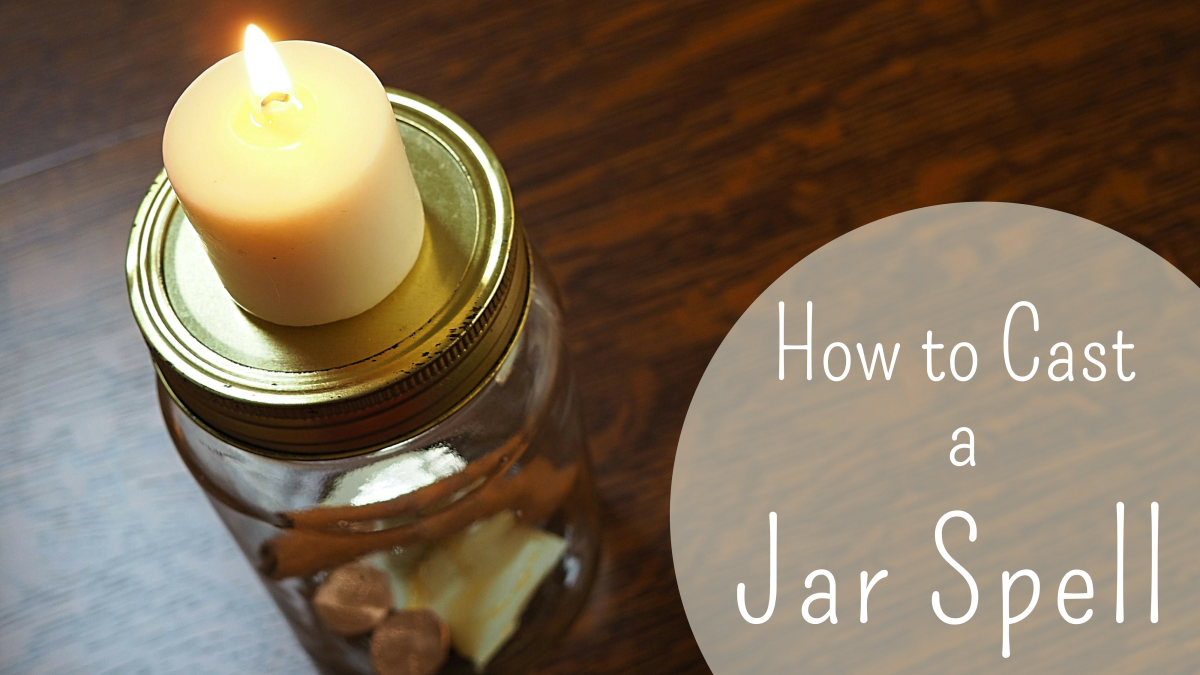Meet the nightshade family -these magical herbs are femme fatales
Deadly Nightshade
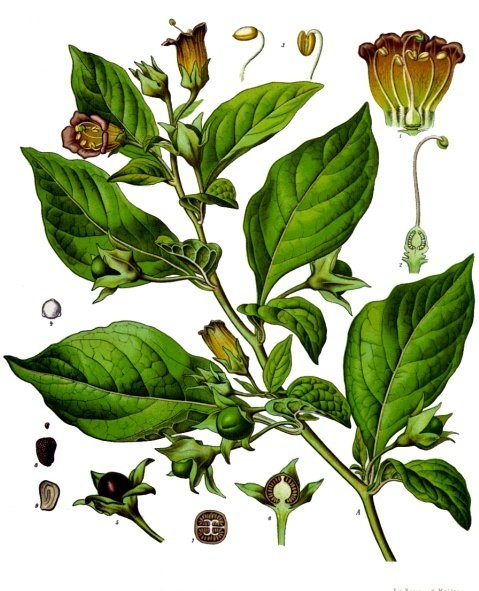
The Nightshades
The nightshade family is known to botanists as the Solanaceae, and is a very large group of plants, many of which, such as the Potato, Bell Pepper and Tomato, are edible and cultivated as food crops. Other plants in this family are herbs and some of these are poisonous, though they may have medicinal uses. Some of these members of the nightshade family that can cause poisonings have been used in witchcraft and shamanism because of the hallucinations they can produce when consumed, however, it must be noted that if too much is ingested they can easily cause death. This is why some of the nightshade tribe of plants are "femme fatales." They may well be very beautiful to behold and to grow, but are very dangerous to consume in any way. Deadly Nightshade, Mandrake, Henbane and Thorn Apple all come into the poisonous category but these plants all have a beauty too. These species that can cause hallucinations and that have been used by witches and shamans are all detailed in the book Herbs of the Northern Shaman.
Deadly Nightshade (Atropa belladonna)
The Deadly Nightshade
The Deadly Nightshade (Atropa belladonna) is, as its name suggests, a very poisonous plant. It has bell-shaped purplish flowers that ripen into black and shiny berries. They are sweet and can easily cause serious poisoning. Two to five berries is enough to kill, and one leaf of the plant can do the same. Fortunately it is not a common plant though it grows in the UK and throughout Europe, Asia, Canada and North America. The Deadly Nightshade has a liking for chalky soils and is found in clearings in woods and in hedges.
It is also known as Naughty Man's Cherries, Devil's Cherries, Murderer's Berry and Death's Herb, among its many names that make reference to its toxic properties.
A folklore legend told that the Devil himself tended the herb and the only night it was not in his care was on Walpurgis Night when he was too busy getting ready for the Witches' Sabbath.
Its scientific name is made up of "Atropa," with reference to Atropos, one of the mythological Fates, beings that had the power of life and death over mortal humans, and "Belladonna," which translates to "Beautiful lady" in Italian. This last name is because of the custom of Italian women long ago who used the herb to dilate their pupils to make them look more attractive.
It has been used by opticians in their diagnosis of vision problems because atropine used in small amounts can dilate the pupils. In minute amounts it is used in homeopathy.
The Deadly Nightshade contains dangerous tropane alkaloids, including atropine and scopolamine. They produce hallucinations and other alarming symptoms of poisoning.
Deadly Nightshade has been used by witches in the past, who added it as an ingredient of "flying ointments."
Ancient herbalists, such as Nicholas Culpeper, thought that the Sun, Moon and Planets ruled over specific herbs. They believed that the Deadly Nightshade was ruled over by Saturn, the Grim Reaper.
Poisonous Plants - The Mandrake
Mandrake
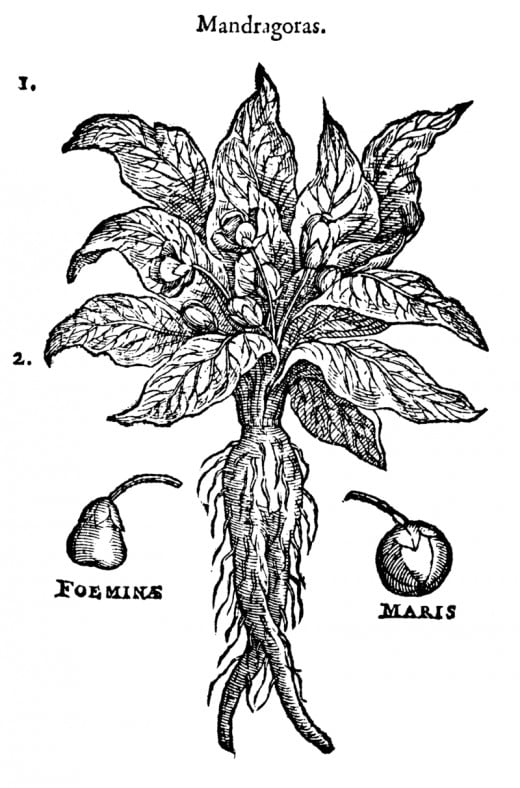
The Mandrake
The Mandrake (Mandragora officinarum) is another very poisonous member of the nightshade family. It has been thought to have magical qualities and many superstitions have grown around this plant because its roots often divide and can be likened to the legs of a human being. It was believed that there were male and female mandrakes but it is likely that the so-called females are the species M. autumnalis that has purple flowers unlike the greenish-yellow ones of the other species.
The Mandrake is a perennial plant that forms rosettes of ovate leaves and the flowers are carried on short stalks in the centre. The flowers turn into fruit after flowering and these are green turning yellow. It originated in southeastern Europe and the Mediterranean area.
The roots of the Mandrake were believed to bring good luck and to be a remedy for infertility in women, and are mentioned in the Bible with regard to this supposed property. The Mandrake is also said to be an aphrodisiac.
Mandrake roots used to be sold as good luck charms but also the roots of the White Bryony (Bryonia alba) which looked similar were substituted by unscrupulous people to sell to the gullible.
One of the weird superstitious beliefs about the Mandrake was that it screamed when pulled from the ground and that this would make anyone that heard it go mad or die. To get around this the tail of a dog was tied to a Mandrake's roots in soil that had been loosened and then a scrap of bread was thrown so the dog ran after it. The Mandrake was pulled out and screamed but only the dog suffered. The Mandrake digger would then go back and safely retrieve the root.
Joan of Arc was accused at her trial of having a Mandrake amulet that she used for magical purposes.
In more recent times the Mandrake gets mentioned in the Harry Potter books by J.K. Rowling.
Henbane
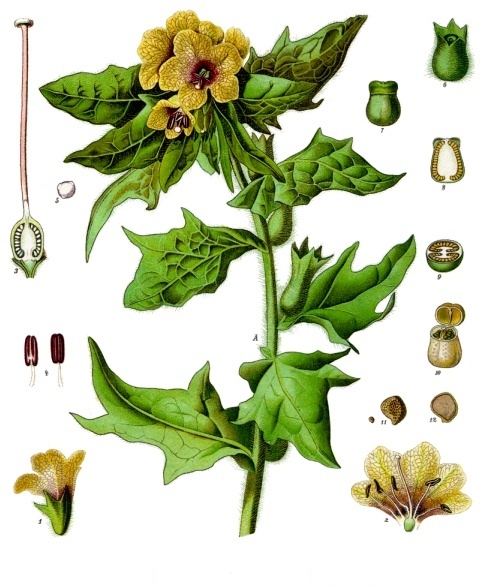
Henbane
The Henbane (Hyoscyamus niger) is another poisonous herb in the nightshade family. It has yellow flowers that are delicately veined with purple. After flowering seed-pods that look like little pots are produced in rows up the flower-stalks. The Henbane's leaves produce an offensive smell and the plant is also known as Stinking Roger.
Henbane is an annual or biennial and grows on waste ground, on rubbish dumps, along roadsides, and has a liking for growing near the sea.
Henbane is poisonous due to the alkaloids atropine, scopolamine and hyoscyamine.
Henbane has been used by witches and was an ingredient of flying ointments.
Bard of Ely talking about Datura
Thorn Apple
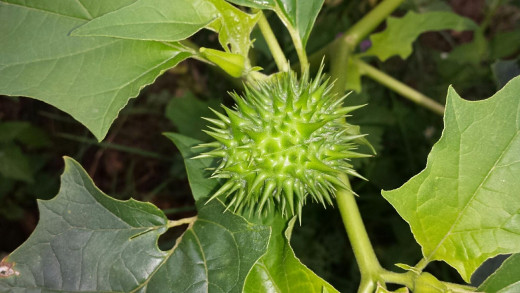
Thorn Apple
The Thorn Apple (Datura stramonium) is another poisonous member of the nightshade family that can cause delirium and hallucinations, as well as leading to serious poisoning and death. It has been used in rituals and initiations by many tribal shamans and unwisely by neo-shamans and hippies who have experimented with this dangerous plant. The Thorn Apple is also known as Devil's Weed and was brought into the public arena via books by two best=selling authors. It is used as a "Power plant" or "plant teacher" in Carlos Castaneda's The Teachings of Don Juan, and also as a drug in Hunter S. Thompson's Fear and Loathing in Las Vegas. These books brought the plants to the attention of many people in the late 1960s.
The Thorn Apple gets its name from its fruit, which are spiky and green and contain hundreds of blackish bean-shaped seeds. The plant is an annual and can reach 2 metres or more in height. It has large jagged leaves that have an offensive smell and it bears white or purplish-white funnel-shaped flowers that open at night and are fragrant.
The Thorn Apple is believed to have originated in America but is now found as a weed all around the world. It grows on rubbish dumps, waste ground, in gardens, on cultivated land, and along roads, basically anywhere the seeds have fallen and germinated.
The Thorn Apple is also known as Jimson Weed, which is a corruption of Jamestown Weed. The poisonous herb was collected mistakenly by the rebels at the time of the Jamestown Riots in America, and after cooking and eating the plant, as what they supposed were greens, the men became incapable of rebellion and were incoherent for many days afterwards. A similar occurrence happened to Mark Anthony's troops in the time of the Ancient Romans.
The Thorn Apple and other species of Datura are very similar to the species in the Brugmansia genus. These latter plants are sometimes referred to as "tree daturas" and reach the size of small trees in good conditions. They are commonly known as Angel's Trumpets because of the very large funnel0shaped flowers that hang down from the plant and, like daturas, are fragrant at night. The seven Brugmansia species originated in South America but are believed to be extinct in the wild. They are commonly grown as ornamental plants in subtropical and tropical parts of the world and under cover and in greenhouses elsewhere.
Like the daturas, the Angel's Trumpets are poisonous due to the alkaloids atropine, scopolamine and hyoscyamine.
The daturas and brugmansia species are all very attractive plants but should not be ingested for obvious reasons.
Angel's Trumpet
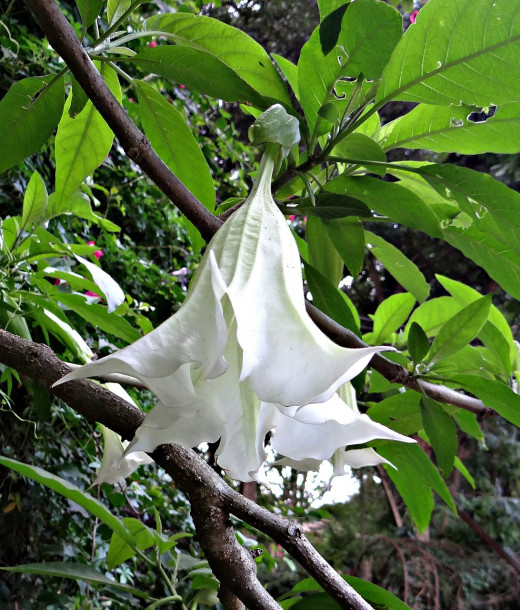
© 2015 Steve Andrews

